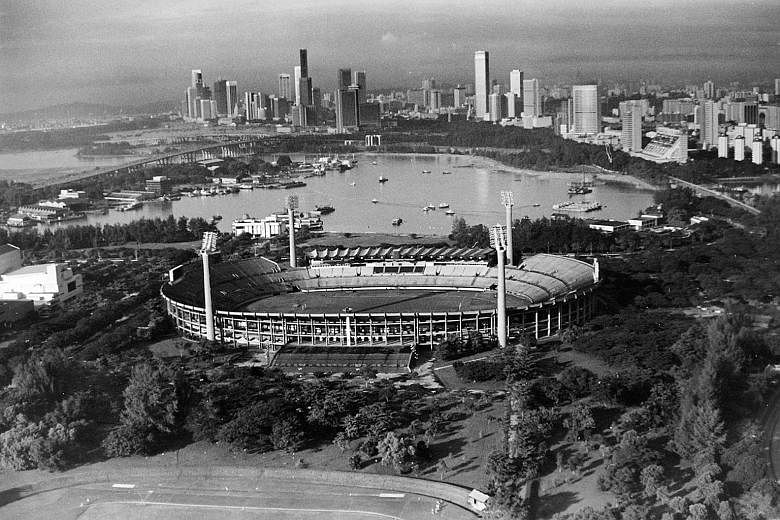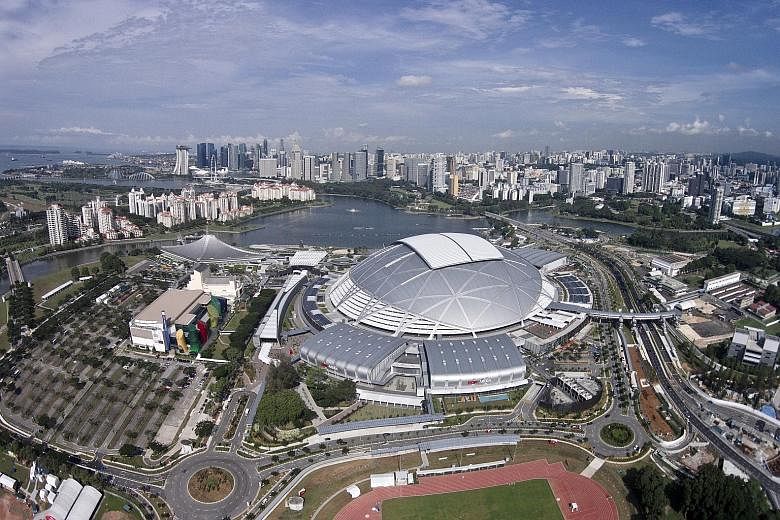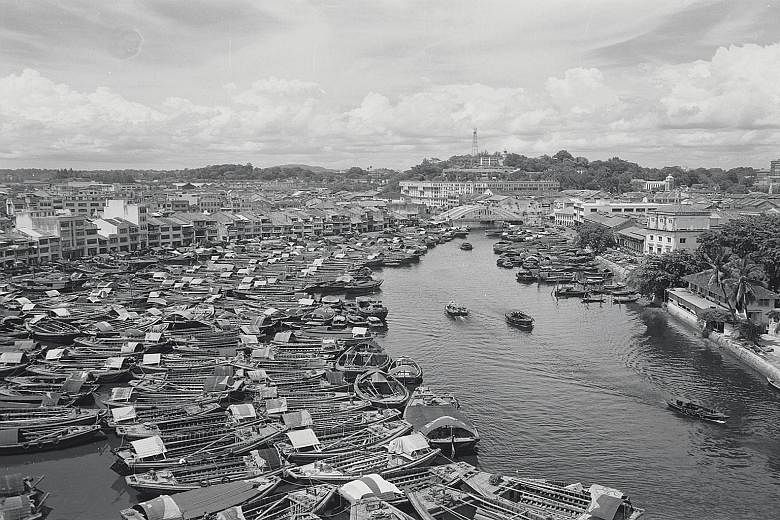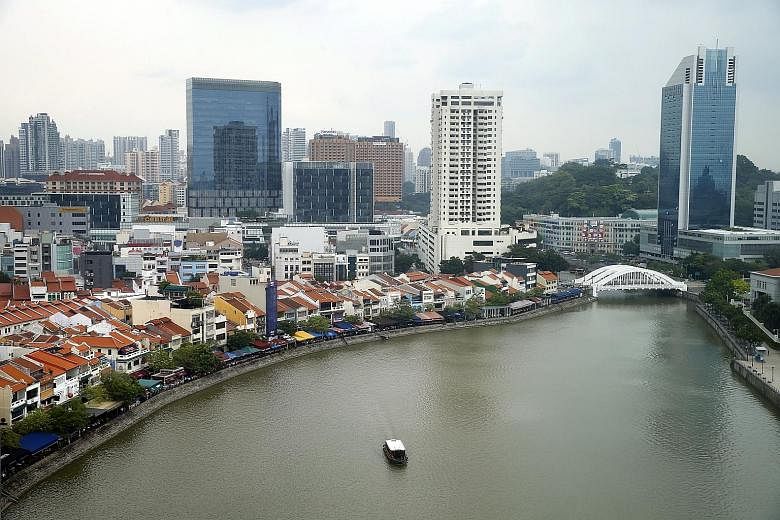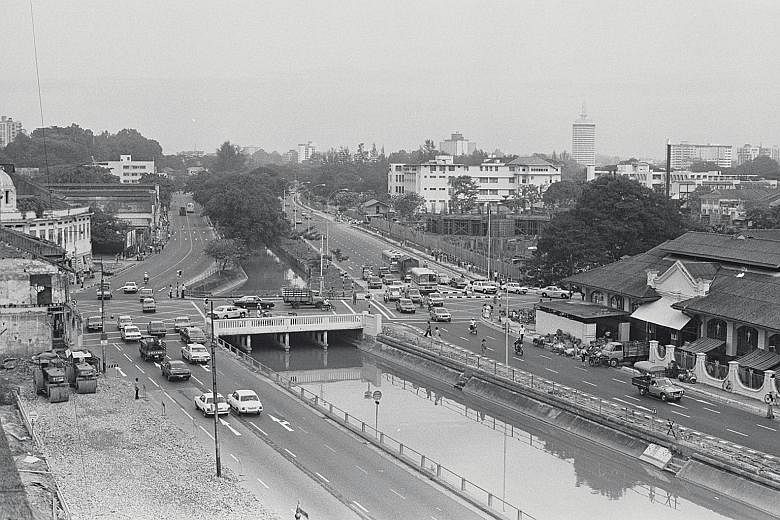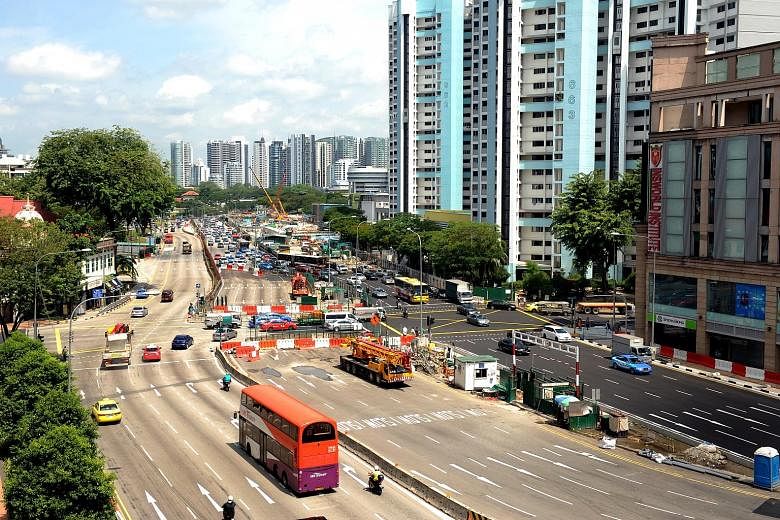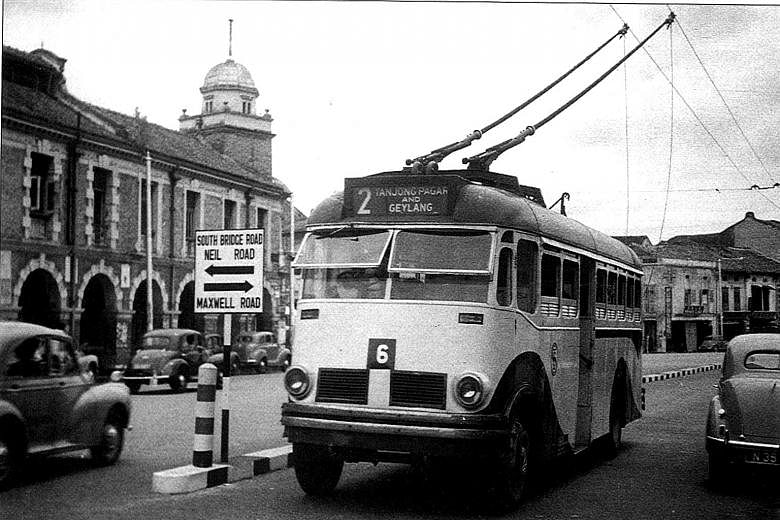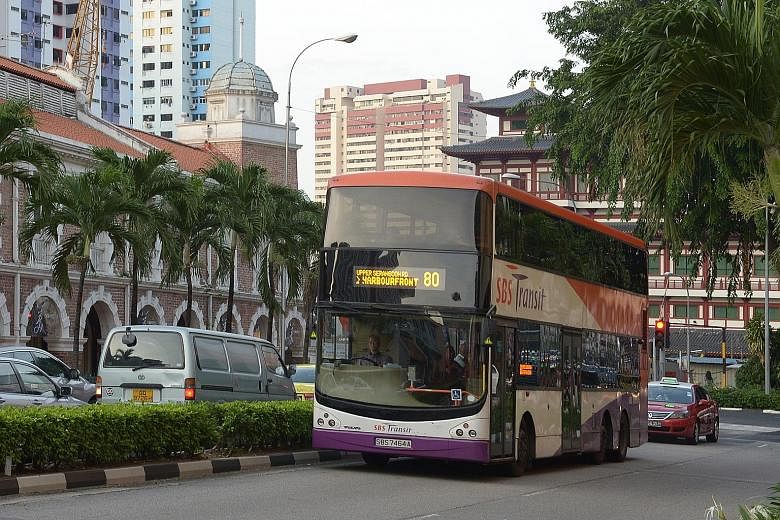Half a century of progress has seen Singapore undergo a dramatic, improbable transformation.
While it had already become the region's thriving entrepot in 1965, it was still a diamond in the rough.
Under the guided and calibrated approach of city planners, sprawling attap houses and slums made way for blocks of flats, to provide affordable and comfortable housing for the island's growing population.
Economic activity sprung forth, starting out with the Republic becoming a manufacturing hub and progressing to become the economic powerhouse it is today.
Shophouses have given way to gleaming malls, sampans and sailboats have been replaced by giant container ships, and instead of rickety buses, Singapore has a modern transportation system.
Even what was once open sea has become the Marina Bay skyline, a gleaming testament to Singapore's globalisation.
But even as Singapore developed, there was a concerted effort to ensure that it was not overwhelmed in concrete and asphalt. The vision, as expressed by founding Prime Minister Lee Kuan Yew in 1967, was to build a garden city.
These pictures show just how far Singapore has come since independence.
For more pictures of Singapore then and now, check out the Singapore Slider series at http://str.sg/fwh.
.
